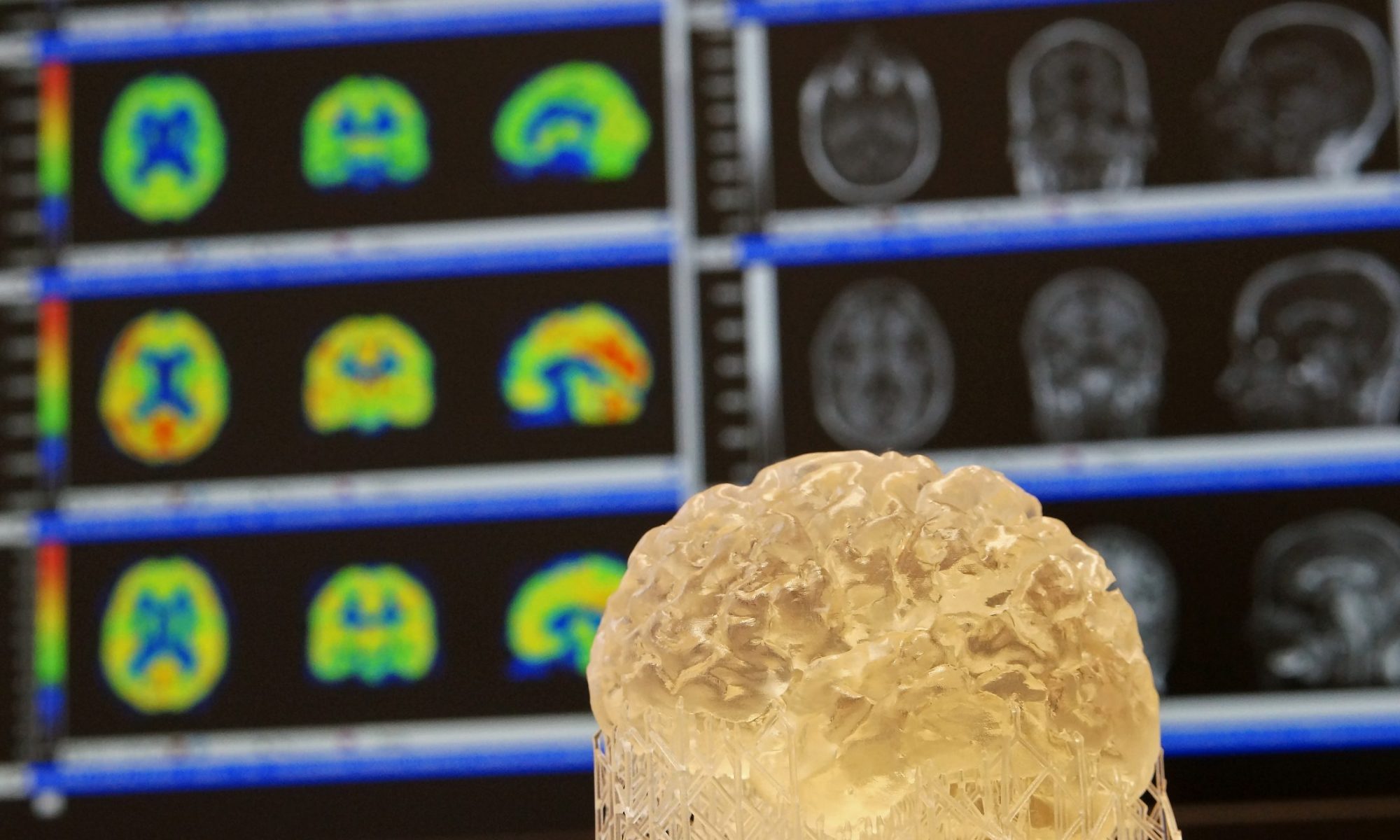2024
Giehl, Kathrin; Theis, Hendrik; Ophey, Anja; Hammes, Jochen; Reker, Paul; Eggers, Carsten; Fink, Gereon R.; Kalbe, Elke; van Eimeren, Thilo
Working Memory Training Responsiveness in Parkinson’s Disease Is Not Determined by Cortical Thickness or White Matter Lesions Journal Article
In: Journal of Parkinson’s Disease, vol. 14, no. 2, pp. 347–351, 2024, ISSN: 1877-718X.
Abstract | Links | BibTeX | Tags: Memory training, Parkinson, Structural MRI
@article{Giehl2024b,
title = {Working Memory Training Responsiveness in Parkinson’s Disease Is Not Determined by Cortical Thickness or White Matter Lesions},
author = {Kathrin Giehl and Hendrik Theis and Anja Ophey and Jochen Hammes and Paul Reker and Carsten Eggers and Gereon R. Fink and Elke Kalbe and Thilo van Eimeren},
doi = {10.3233/jpd-230367},
issn = {1877-718X},
year = {2024},
date = {2024-02-03},
urldate = {2024-02-03},
journal = {Journal of Parkinson’s Disease},
volume = {14},
number = {2},
pages = {347--351},
publisher = {SAGE Publications},
abstract = {<jats:p> Patients with Parkinson’s disease are highly vulnerable for cognitive decline. Thus, early intervention by means of working memory training (WMT) may be effective for the preservation of cognition. However, the influence of structural brain properties, i.e., cortical thickness and volume of white matter lesions on training responsiveness have not been studied. Here, behavioral and neuroimaging data of 46 patients with Parkinson’s disease, 21 of whom engaged in home-based, computerized adaptive WMT, was analyzed. While cortical thickness and white matter lesions volume were associated with cognitive performance at baseline, these structural brain properties do not seem to determine WMT responsiveness. </jats:p>},
keywords = {Memory training, Parkinson, Structural MRI},
pubstate = {published},
tppubtype = {article}
}
<jats:p> Patients with Parkinson’s disease are highly vulnerable for cognitive decline. Thus, early intervention by means of working memory training (WMT) may be effective for the preservation of cognition. However, the influence of structural brain properties, i.e., cortical thickness and volume of white matter lesions on training responsiveness have not been studied. Here, behavioral and neuroimaging data of 46 patients with Parkinson’s disease, 21 of whom engaged in home-based, computerized adaptive WMT, was analyzed. While cortical thickness and white matter lesions volume were associated with cognitive performance at baseline, these structural brain properties do not seem to determine WMT responsiveness. </jats:p>
